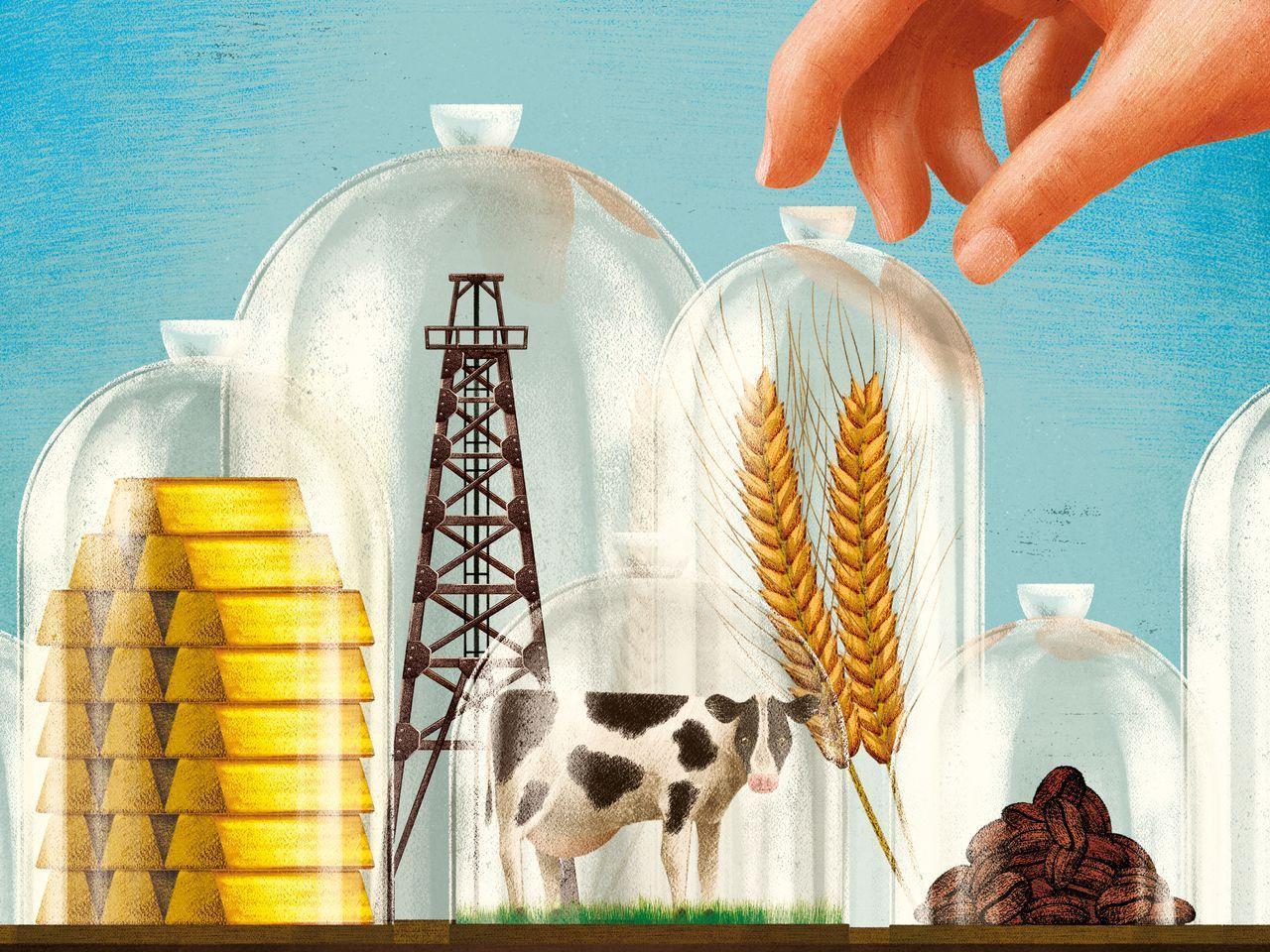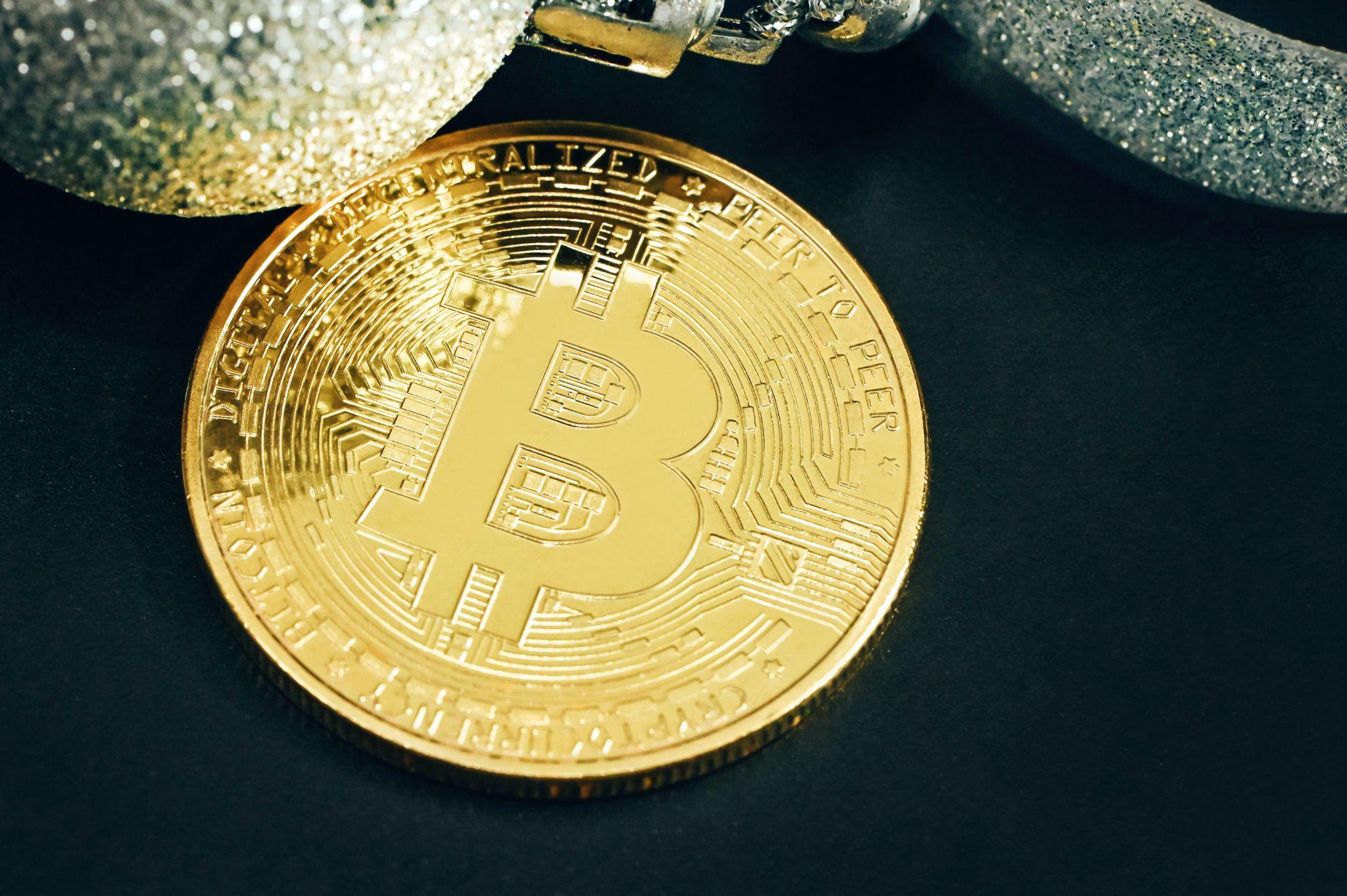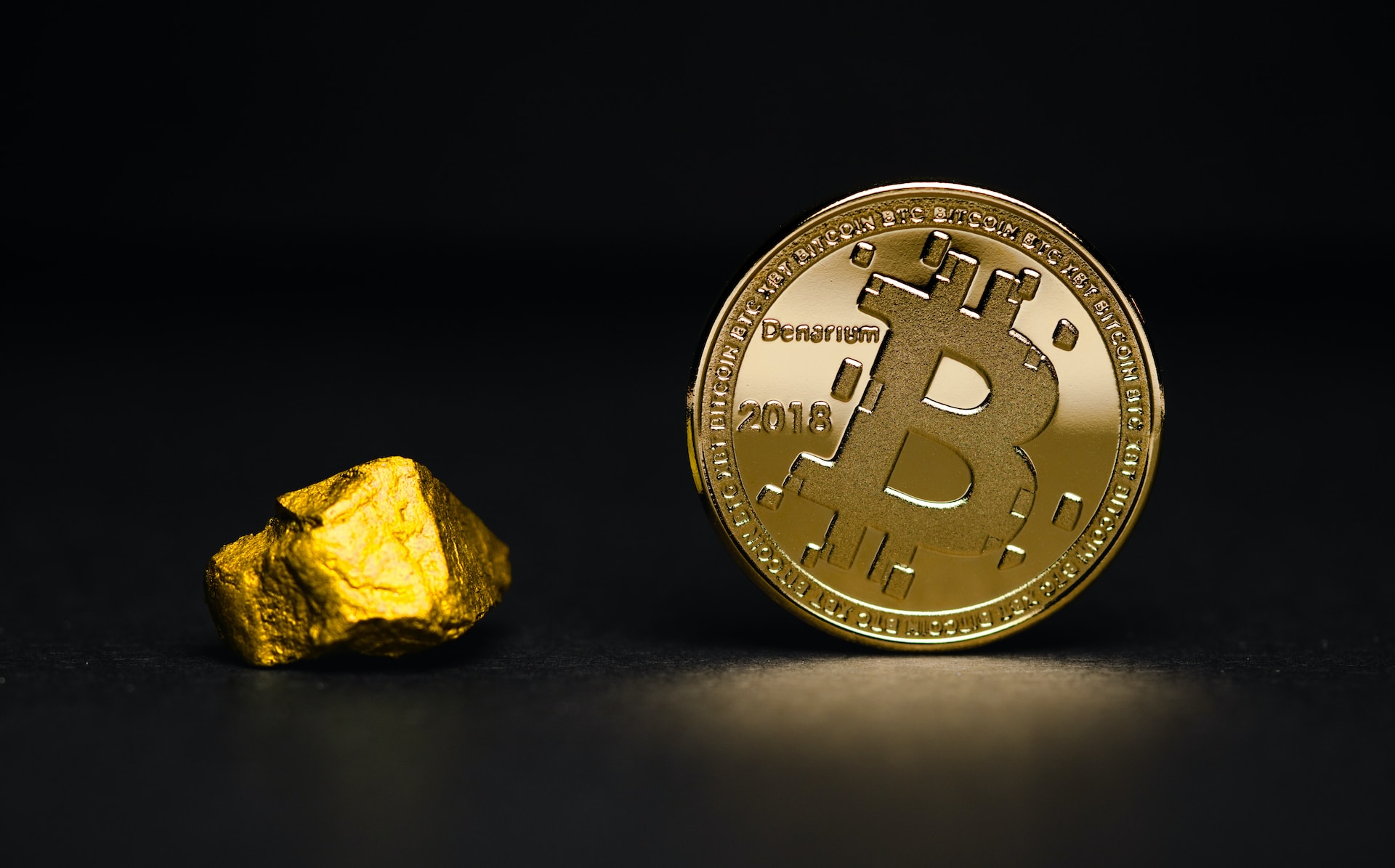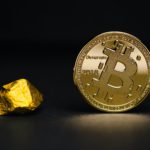Investment in commodity ETFs has exploded over the past two years as markets withered amid rising inflation concerns. Commodity ETFs represent investment funds that are used to track the price of a specific commodity or a basket of commodities. Veteran investors love them because they offer a hedge against inflation. Therefore, when the stock or bond market goes down, they gain in value, and vice versa. That said, they are traded on exchanges just like stocks and are purposely used to offer investors a way to gain exposure to various commodities without having to buy and store the physical commodities. However, before getting started with commodity ETFs, you need to understand how they work.
How Commodity ETFs Work
Commodity exchange-traded funds work by tracking the price of a specific commodity or basket of commodities. This happens through futures contracts, which, in simple terms, stand for agreements to buy or sell a commodity at a future date and price. When an investor buys a commodity ETF, they buy a share of the fund that owns a portfolio or futures contracts. The value of this ETF goes up or down depending on the price of the underlying assets it holds. Therefore, if the prices of the commodities go up or down, this is reflected in the ETF.
As mentioned earlier, commodity ETFs are more common among experienced traders who truly understand the perks they offer. However, if you are new to the investment and trading realms and wish to get started with them, that’s fine. A good place to start is by asking, What are commodity ETFs?. The attached link will equip you with all the necessary basics you need to confidently take your first steps in the murky commodity ETF waters.
Examples Of Commodity ETFs
Commodity ETFs fall into four main categories. The first is physical commodity ETFs. These hold physical stocks of the underlying commodity. A good example is the SPDR Gold Shares ETF (GLD), which holds physical gold bullion.
The second batch of ETFs are futures-based commodity ETFs, which are used to invest in futures contracts and commodities. These are agreements to buy or sell a commodity at a future date and price. The third is an equity ETF that invests in commodity-related stocks. Primarily, they focus on stocks of companies that produce and use commodities, such as the iShares Gold Producers ETF (GDX), which invests in gold mining companies.
Finally, there are exchange-traded notes (ETNs), which are debt instruments that track the price of a commodity. ETNs resemble ETFs in many ways, but they are not funds. They are debt obligations that are issued by a financial institution.
Benefits Of Commodity ETFs
There are plenty of perks that come with investing in commodity ETFs. For instance, an investor stands to benefit from diversification, as these ETFs will allow one to diversify their portfolio and reduce risk. This is a huge plus since commodities don’t often correlate with other asset classes such as bonds and stocks, and this helps one reduce the volatility of their portfolio.
Also, they are highly liquid, as they can be bought and sold easily, which makes them a good option for investors who wish to trade these assets quickly and easily. Additionally, they are low cost which allows investors to save money on fees and expenses. And most importantly, they are highly convenient since you can invest in them without having to hold the physical asset. This is a major advantage for anyone who doesn’t want to deal with the hassle of storing and transporting commodities.
As you can see, there are plenty of perks to indulging in commodity ETFs. However, it’s important to note that the best type of instrument to engage with will come down to your individual investment goals and risk tolerance. All in all, commodity ETFs are for the investor who is looking for a secure investment with low costs.















